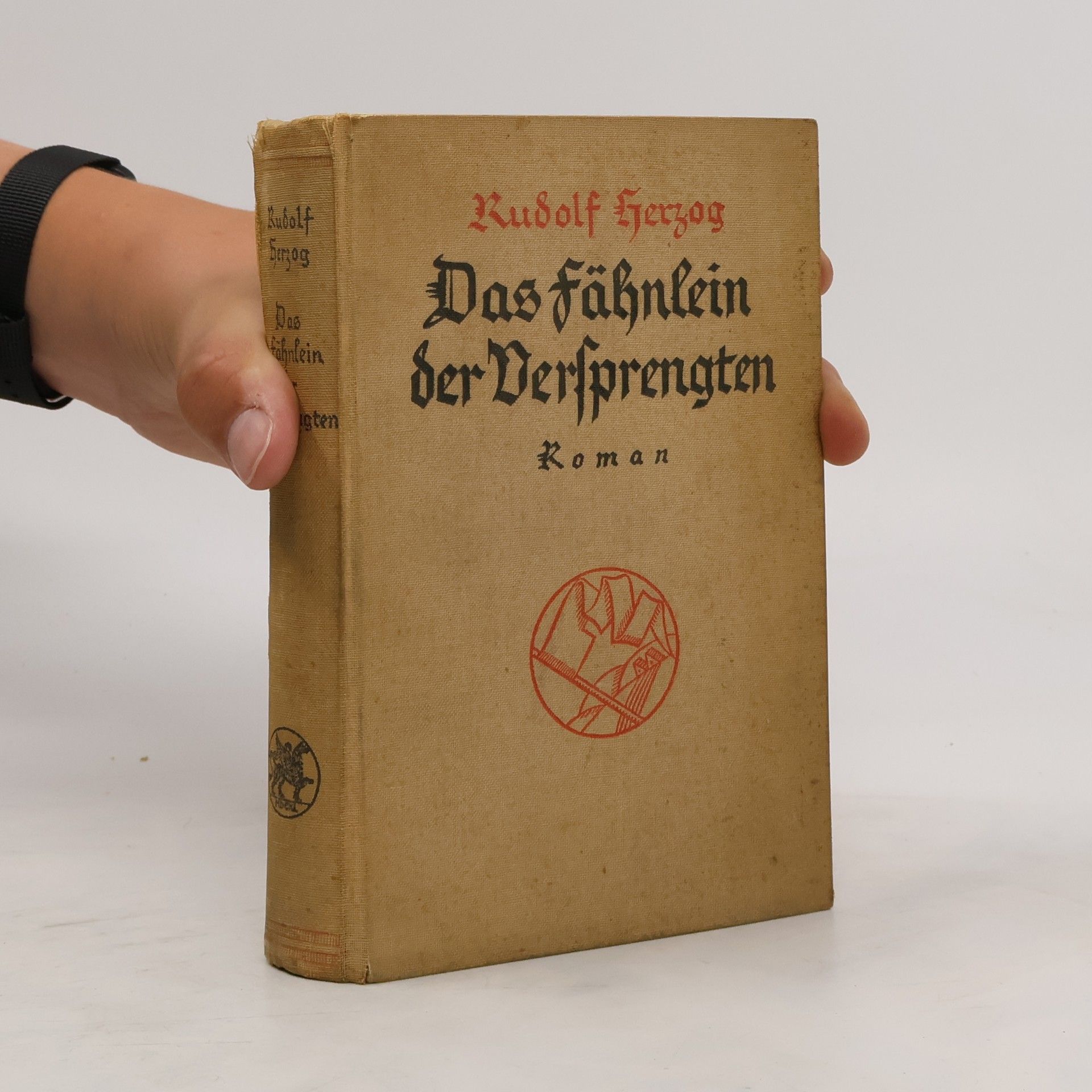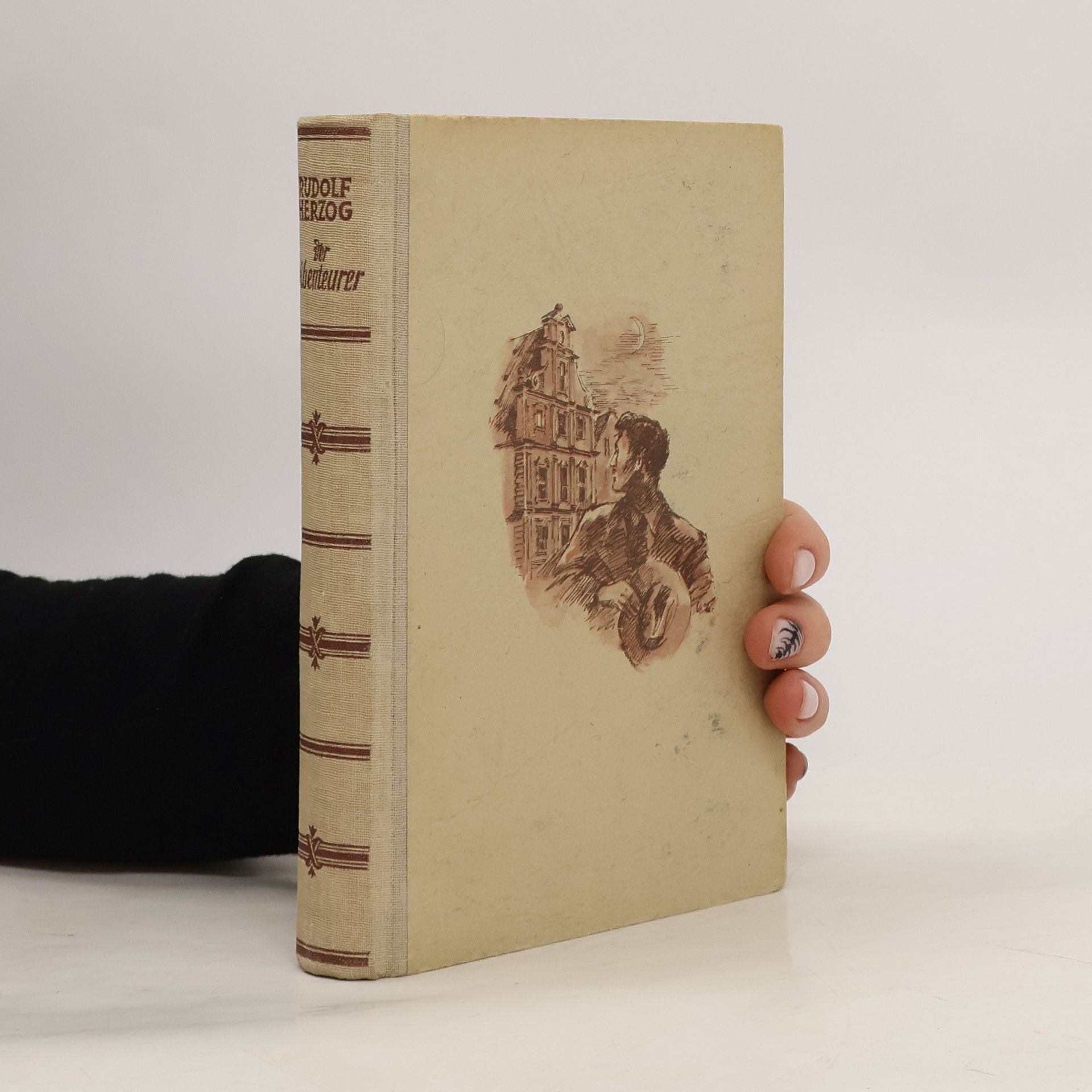In Nazi Germany, telling jokes about Hitler could get you killed. Is it permissible to laugh at Hitler? This is a question that is often debated in Germany today, where, in light of the dimension of the horrors committed in the name of its citizens, many people have difficulty taking a satiric look at the Third Reich. And whenever some do, accusations arise that they are downplaying or trivializing the Holocaust. But there is a long history of jokes about the Nazis. In this groundbreaking volume, Rudolph Herzog shows that the image of the “ridiculous Führer” was by no means a post-war invention: In the early years of Nazi rule many Germans poked fun at Hitler and other high officials. It’s a fascinating and frightening history: from the suppression of the anti-Nazi cabaret scene of the 1930s, to jokes about Hitler and the Nazis told during WWII, to the collections of “whispered jokes” that were published in the immediate aftermath of the war, to the horrific accounts of Germans who were imprisoned and executed for telling jokes about Hitler and other Nazis. Significantly, the jokes collected here also show that not all Germans were hypnotized by Nazi propaganda—or unaware of Hitler’s concentration camps, which were also the subject of jokes during the war. In collecting these quips, Herzog pushes back against the argument, advanced in aftermath of World War II, that people were unaware of Hitler’s demonic maneuvering. The truth, Herzog writes, is more troubling: Germans knew much about the actions of their government, joked about it occasionally . . . and failed to act.
Rudolf Herzog Books
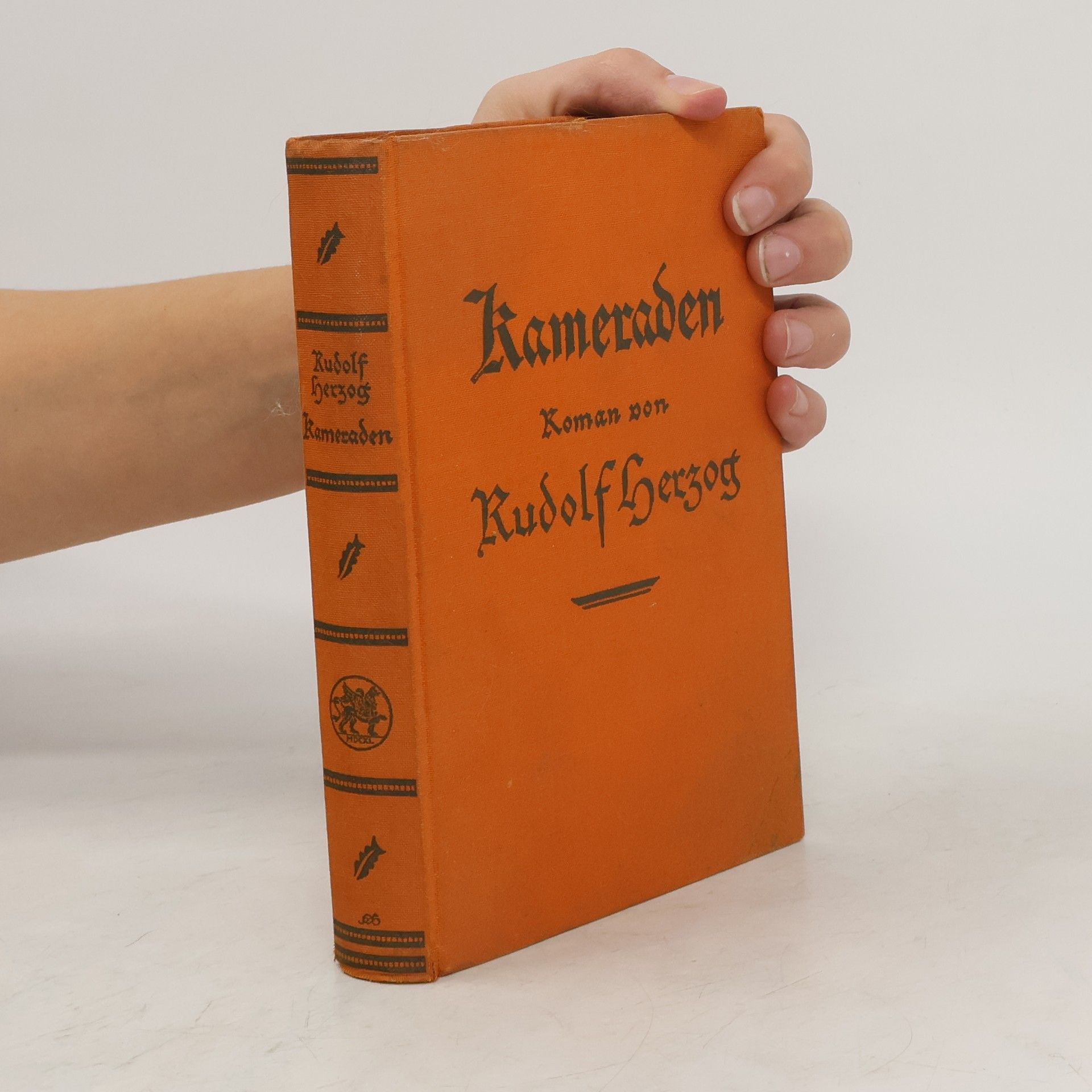
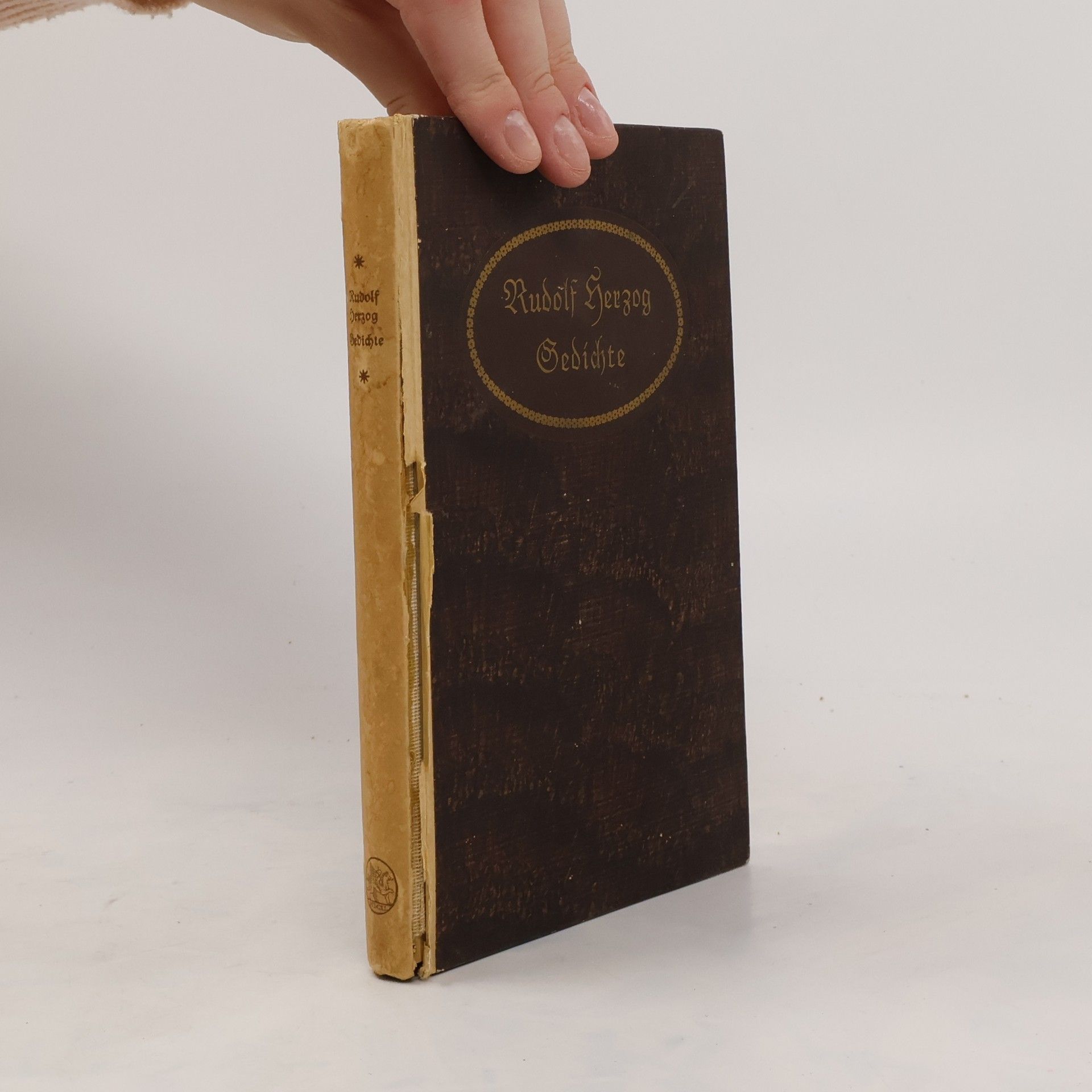
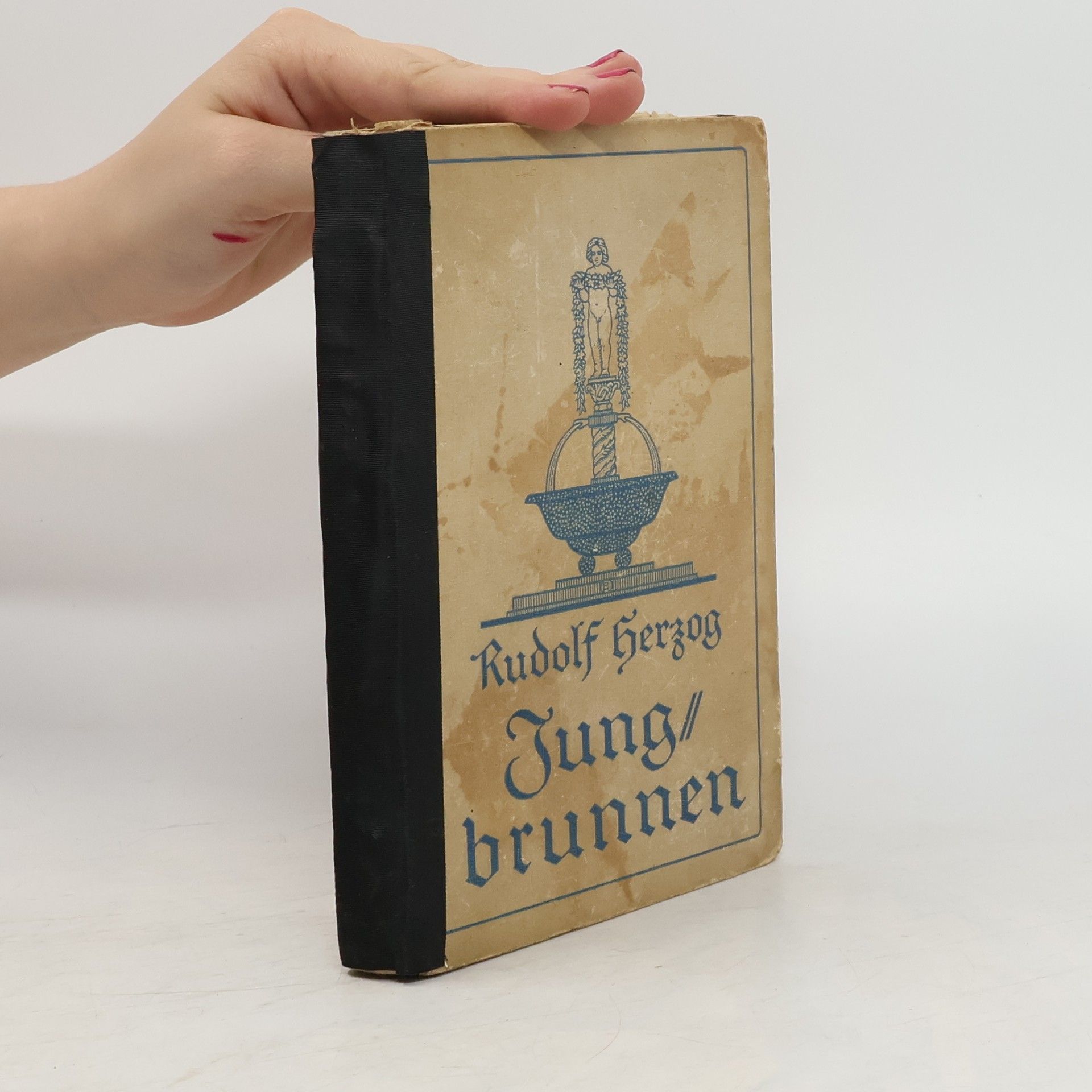
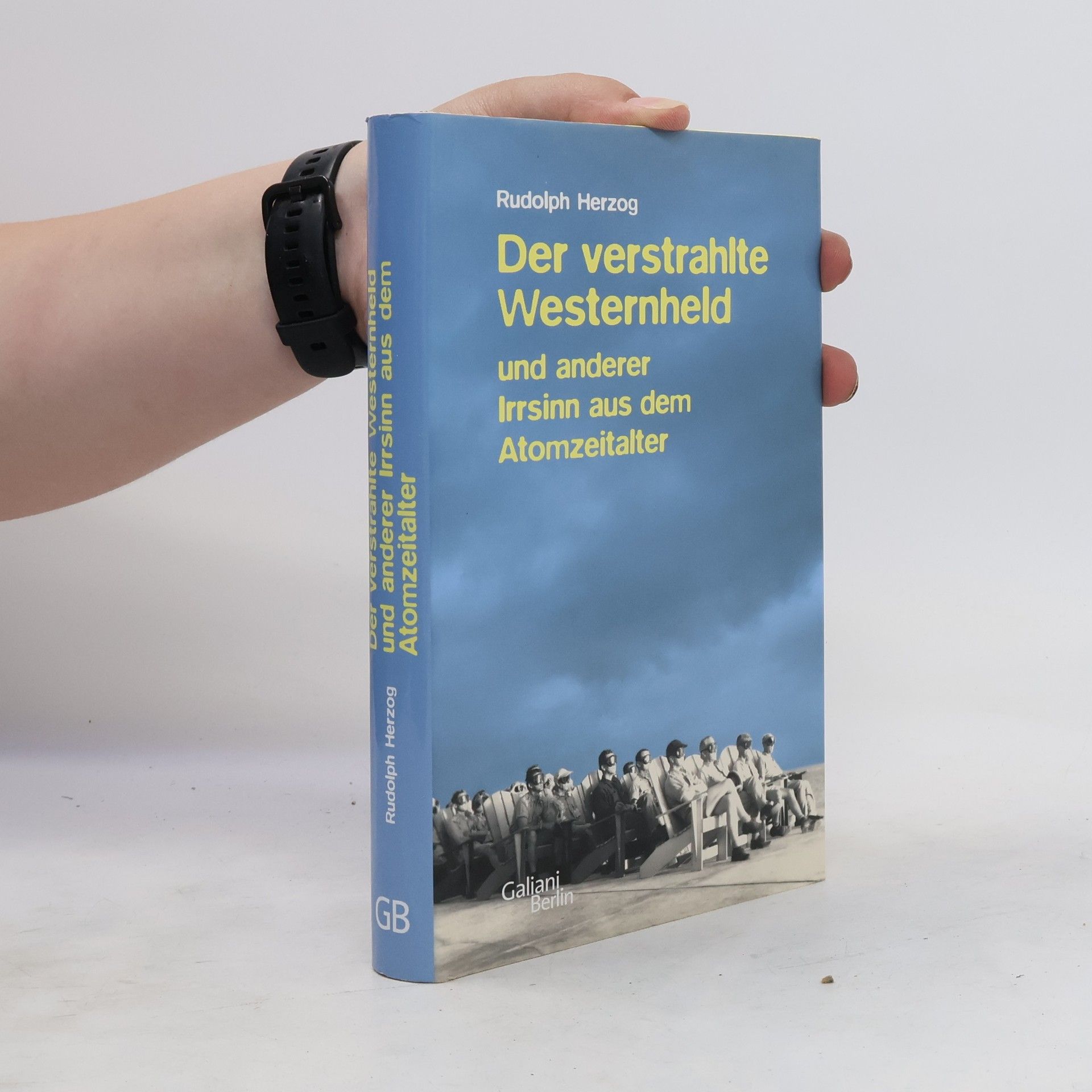

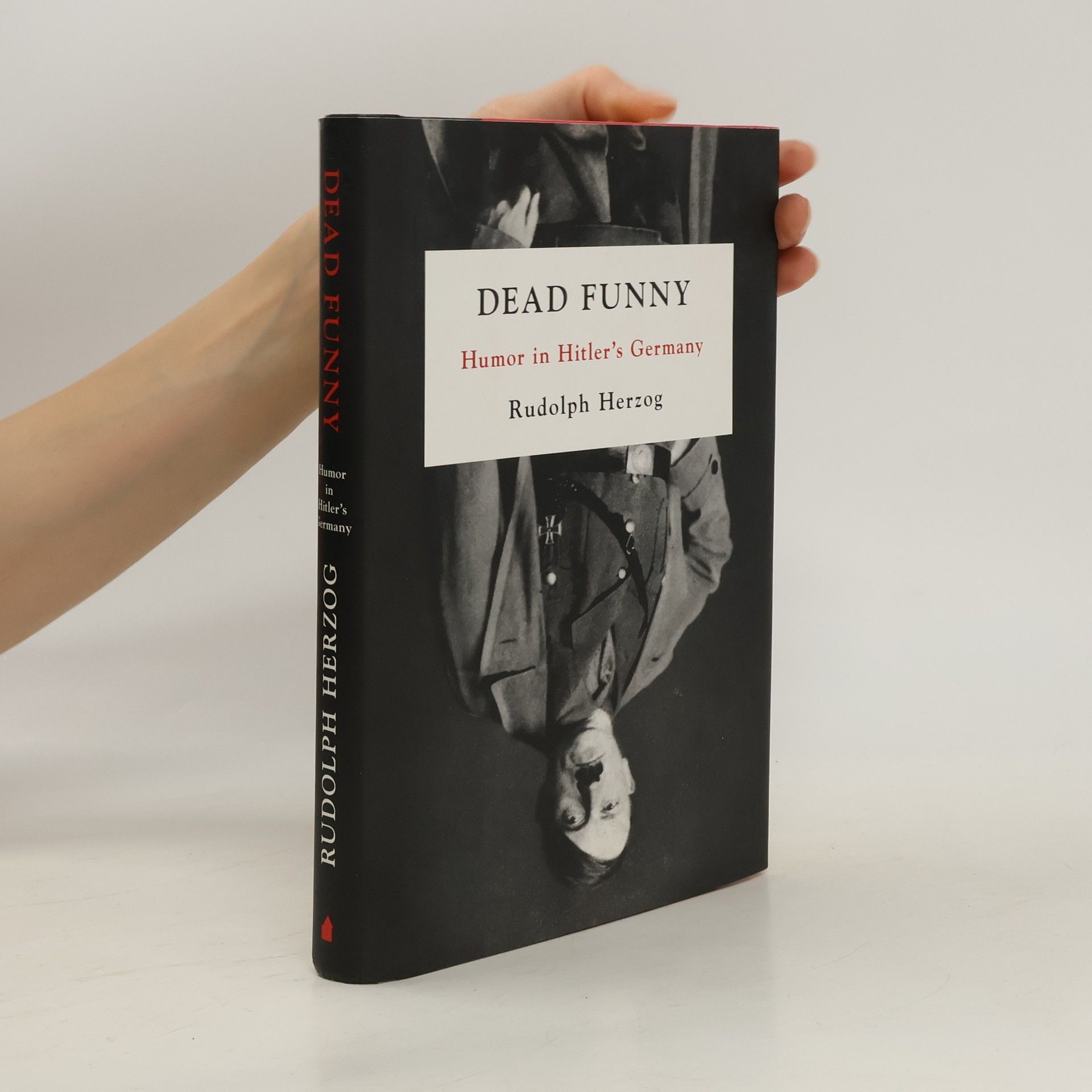
Heil Hitler, das Schwein ist tot!
- 266 pages
- 10 hours of reading
Das erste umfassende Buch über Komik und Humor im Dritten Reich Natürlich wurde im Dritten Reich gelacht, wenn auch auf sehr unterschiedliche Weise. Vom diffamierenden Witz der Nazis über die eher harmlosen Flüsterwitze bis zum bitteren Spott der Verfolgten: Rudolph Herzog beleuchtet alle Bereiche. Seine Analyse des Humors im Nationalsozialismus gibt einen tiefen Einblick in die wahren Befindlichkeiten der sogenannten Volksgemeinschaft.
Der verstrahlte Westernheld und anderer Irrsinn aus dem Atomzeitalter
- 253 pages
- 9 hours of reading
Eine Bilanz des Schreckens zeigt die alarmierende Realität der Atomtechnologie und die Gefahren, die von unkontrollierbarem atomaren Material ausgehen. Die Menschheit hat seit Fukushima erkannt, dass Atomtechnologie niemals vollständig beherrschbar sein wird. Viele sind sich jedoch der enormen Mengen an atomarem Material, das weltweit existiert, und der fahrlässigen Handhabung, die oft noch praktiziert wird, nicht bewusst. Während anfängliche Unkenntnis dazu führte, dass ganze Regionen unbewohnbar wurden und bizarre Experimente durchgeführt wurden, liegt die gegenwärtige Gefahr in der schieren Menge an Material, dessen Standort oft unbekannt ist. So ist beispielsweise eine Wasserstoffbombe im Eis vor Grönland verloren gegangen, und Schätzungen zufolge fehlen weitere 30–40 Kernwaffen. In Kasachstan liegen große Mengen waffenfähigen Materials ungesichert auf Testgeländen. Rudolph Herzog zieht eine erschreckende Bilanz und beleuchtet die kurze, aber verheerende Geschichte des menschlichen Umgangs mit atomarem Material. Der Atomausstieg in Deutschland erscheint vor diesem Hintergrund als unzureichende Maßnahme. Herzog verdeutlicht die Dringlichkeit eines öffentlichen Bewusstseins für diese globale Problematik.
Jungbrunnen
Novellen


